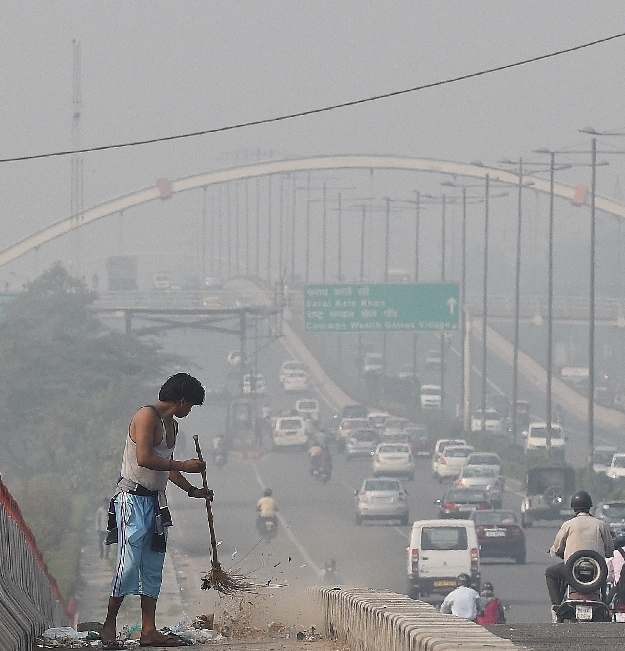
As Delhi chokes, pressure grows for Indian climate action
According to a joint study by Boston-based Health Effects Institute and Delhi’s Energy Resources Institute, at least 3,000 people die prematurely every year in India’s capital because of high exposure to air pollution. Kunti’s life provides a snapshot of the challenge Indian Prime Minister Narendra Modi faces ahead of a climate summit in Paris in December, where world leaders are to make pledges on cutting Earth-warming carbon emissions. Frequent blackouts - At a time when most homes and factories suffer frequent blackouts, Modi is being urged to cut India’s heavy reliance on coal.
The government’s development dimension is not just rhetoric, it has real content. Aggressive renewable energy targets would make electricity unaffordable for the bottom 20 percent of households.
Arunabha Ghosh, head of the Delhi-based Council on Energy, Environment and Water
India aims to have 100,000 megawatts of solar power by 2022 from just 3,000 MW currently, and predicts the renewable energy industry could generate business opportunities worth $160 billion in the next five years. Currently 60 percent of the country’s power comes from abundant coal, which studies show kills up to 115,000 Indians a year. More than half of India’s population lives in areas where the average concentration of small airborne particles, known as PM 2.5, are much higher than considered safe, causing increased rates of lung and heart disease.
Other than the passing reference to a carbon tax, his (Finance Minister Arun Jaitley’s) speech contained nothing to ameliorate the concerns of environmentalists.
snapshot of the challenge Indian Prime Minister Narendra Modi

India pollution Asia-Pacific